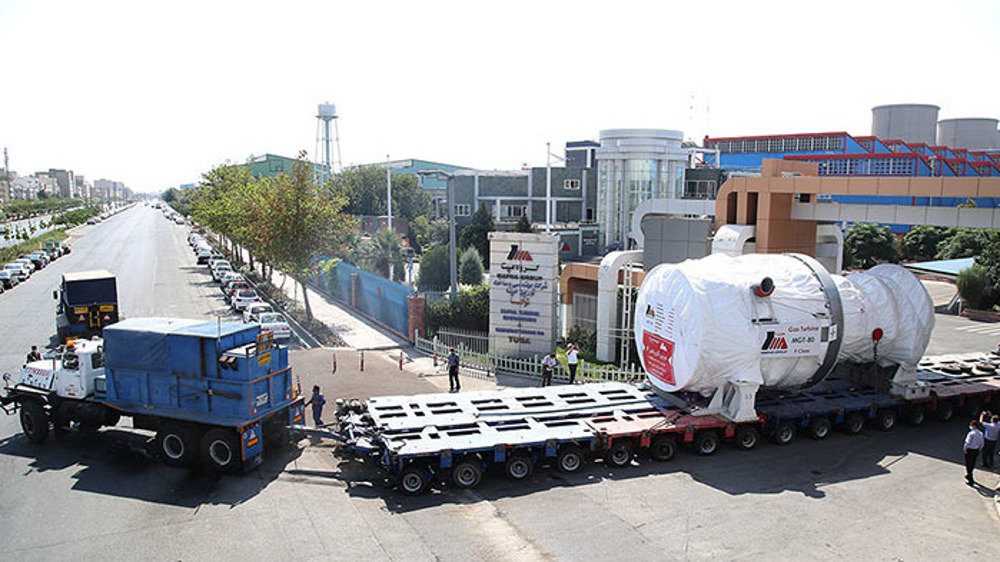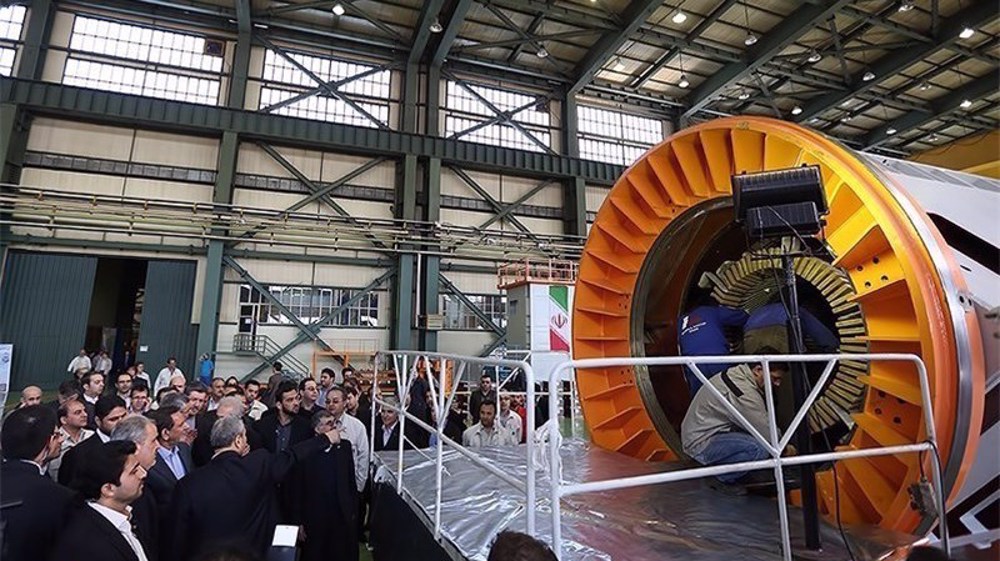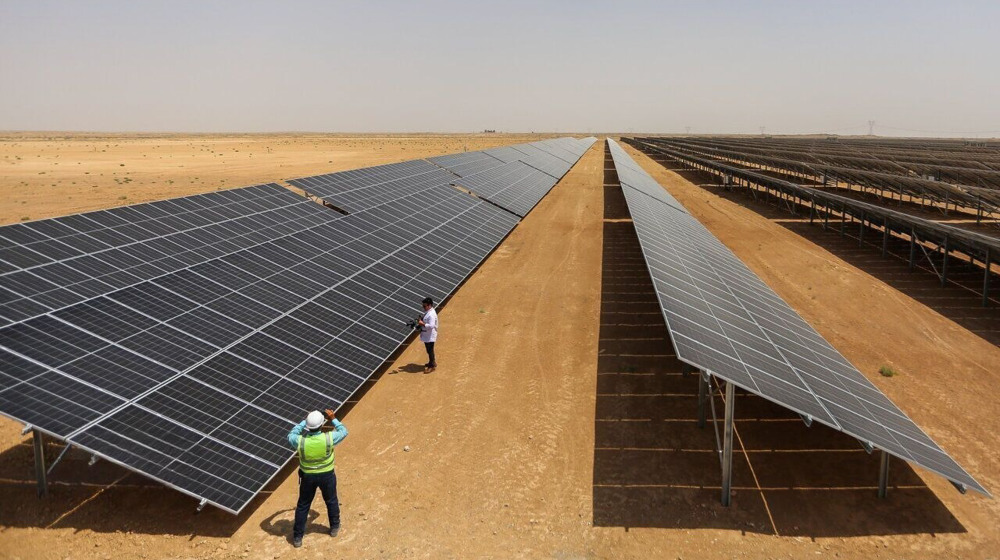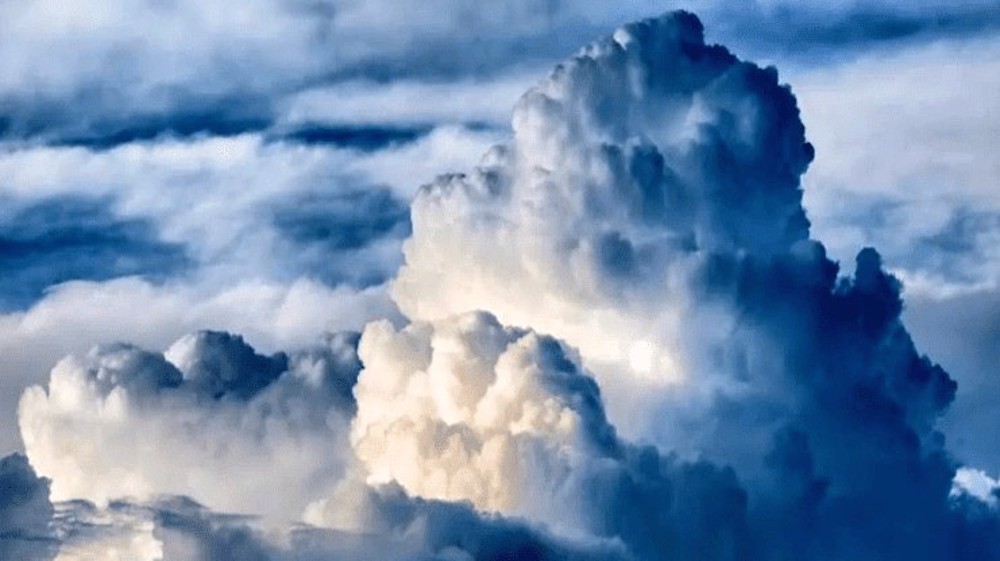Iran’s prowess in building power turbines
Iran is one of the few countries with the ability to build critical power plant parts including turbine blades thanks to technological advancements ushered in by a groundswell of revolutionary zeal among its young experts.
The country of 80 million people has been shifting towards a knowledge-based economy that thrives on research and knowledge spillover plays a big role in entrepreneurship.
Over the past few years, Iran has emerged as an arguably regional powerhouse in knowledge-based production ecosystem where a sprawling expanse of science and technology parks has helped it break the fangs of oppressive sanctions.
The number of knowledge-based enterprises has grown in recent years – from only 50 firms and startups in 2023 to more than 6,000 at present, according to the vice presidency office for science and technology.
Based on the National Innovation Fund statistics, tech firms and knowledge-based companies raked in more than $5 billion in revenues in 2021. Some 40 knowledge-based companies are listed in the stock market as well.
One such firm, the Shahriar Turbine Components Co., bills itself as the largest and the first independent full repair service provider for gas turbine components in West Asia. According to the firm’s website, the company offers comprehensive engineered services with highest quality standards and unprecedented reliability and dependability to clients of turbo machinery industry in the power and oil and gas sector.
Asghar Hakimi, its CEO, says the company specializes in renovating and manufacturing all kinds of power plant parts, including cold, hot and intermediate power plant baskets and bearings based on the latest technological innovations in the world.
“The activities of this company in the field of reconstruction and completion of gas turbine parts play an important role in maintaining the country's power generation and reducing summer blackouts,” he said.
In the absence of such a company, parts would have to be sent abroad for maintenance or new parts would have to be bought from abroad.
Given the embargo on Iran, this was either not possible or required a very long wait and the expenditure of millions of dollars, which would multiply the costs of electricity production and involve stressful interruptions and delays.
Since its establishment, the company has saved more than one billion dollars in servicing costs of 11,000 sets of power plant equipment. Its services to neighboring countries, including in Iraq and Syria, have also brought in four million dollars in revenue, according to Hakimi.
Tension over giant turbines that Russia blamed for the reduction of flows via the Nord Stream 1 gas pipeline to Europe put the focus on the equipment in 2022.
At the time, sanctions imposed by the West prevented the proper maintenance of Russian gas infrastructure and, in particular, blocked the return of a Siemens turbine that had been undergoing repairs in Canada. Last August, a Russian-US joint venture abandoned plans to build gas turbines in Russia under license from General Electric over the Ukraine war.
That came after Russia signed a contract with Iran to supply to supply it with 40 gas turbines. In February 2023, Russia’s RT television channel said the country had begun producing Iranian-designed parts to replace Siemens turbines in its hydropower plants.
Mapna, a power and infrastructure group billed as the Iranian Siemens, produces turbines. The company is the largest contractor for steam, gas and combined cycle and renewable power plants in Iran and has carried out major projects in West Asia and beyond.

In June 2022, Venezuelan President Nicolas Maduro visited the company, saying he was impressed by Iran’s capabilities. The visit marked the two countries signing a 20-year cooperation agreement to expand their relations in the oil and petrochemical industries, military and economy.
Iran’s campaign to indigenize power generation equipment started after the country came under invasion by the former Iraqi dictator Saddam Hussein in 1980 and a web of sanctions tied around the country by the West which refused to supply parts for the power plants they had built themselves.
Before the Islamic Revolution in 1980, power plants were built, operated and maintained by foreign experts. In addition to building turbines and generators, Iranian companies are now able to design them which are the most important parts of a power plant.
The installed power plant capacity has increased 12-fold from nearly 7,000 megawatts at the beginning of the revolution to 85,000 megawatts now.
According to Ministry of Energy, Iran is among the top five turbine manufacturing countries in the world, where more than 95% of the parts required in its power plant industry are locally sourced.
VIDEO | Indian leather industry eyes Russian, African markets amid US tariffs
Lavrov urges IAEA chief to adhere to neutrality, objectivity towards Iran
7 Palestinians killed after Israel strikes Gaza school
US Navy test launches replication of Iranian drone Shahed-136
Iran slams Canada’s sanctions as ‘baseless’ and ‘meddlesome’
Bangladesh deploys security forces as protests grow over killing of student leader
Putin: Ukraine ceasefire hinges on West, Kiev
Over 1,000 patients have died awaiting evacuation from Gaza since July 2024: WHO










 This makes it easy to access the Press TV website
This makes it easy to access the Press TV website